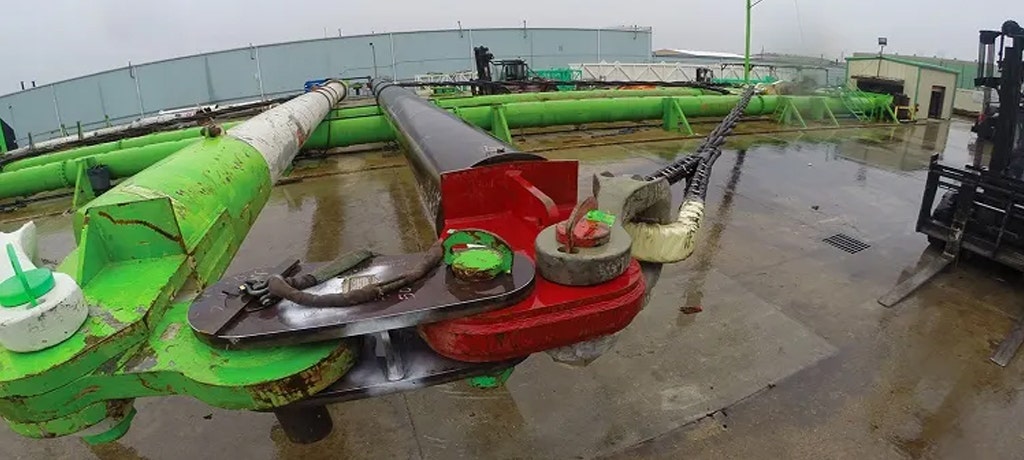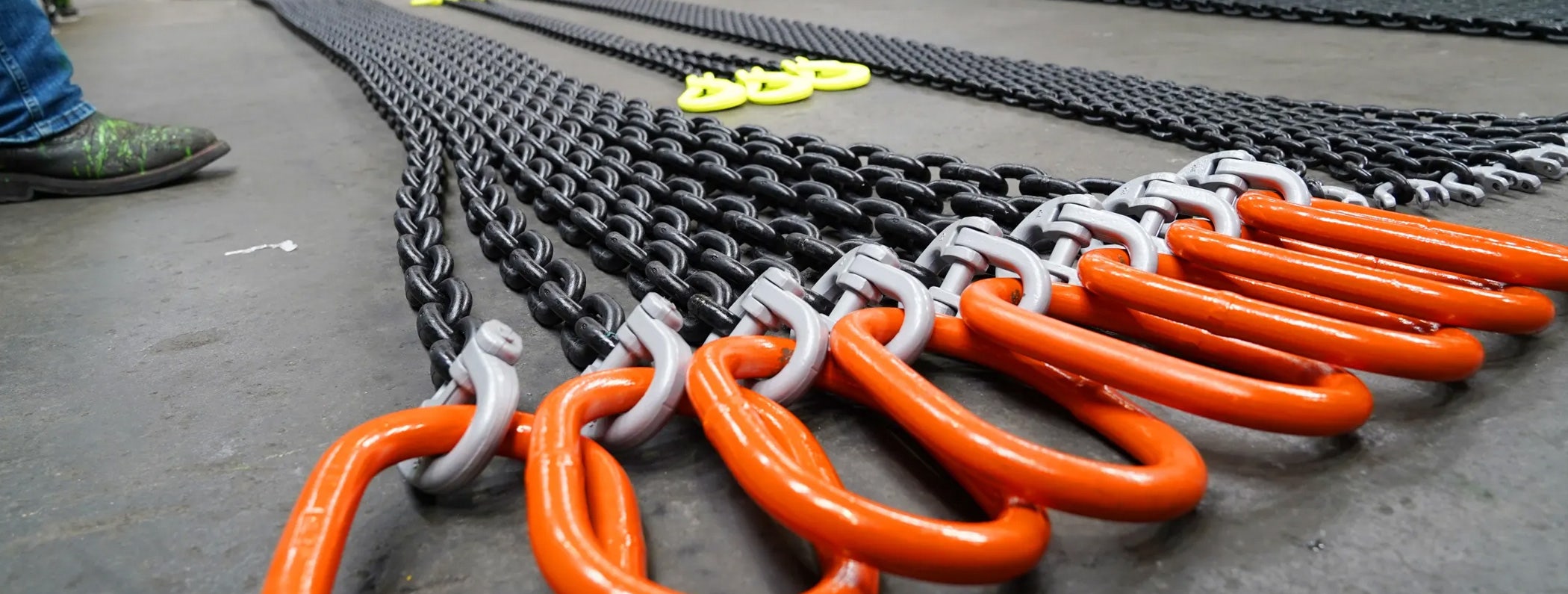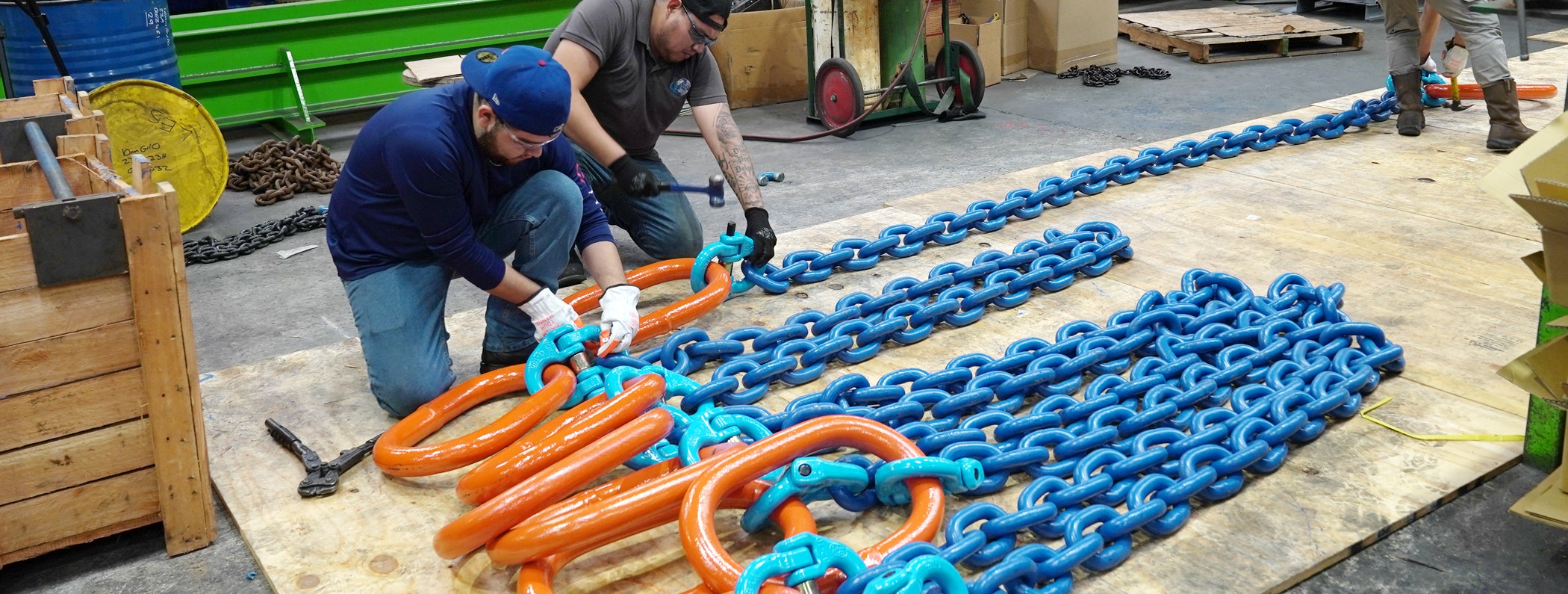Where Are the Rigging Problems and How to Identify Them?

From manufacturing and construction to hospital management and medical care, you can find rigging equipment applications being used across various industries. Typically, certified professionals or licensed rigging companies use a variety of wire ropes, straps, hooks, and other rigging hardware along with cranes or other lifting equipment to move heavy objects, material or cargo.
If you ever need to use rigging equipment, you will probably hire the hiring service provider located nearest to you. However, before putting their equipment to use, you have to make sure it is free of technical problems.
Whether you are hiring a well-known company offering rigging equipment services in Houston or a small-town rigging contractor in El Paso, you may face a few common rigging issues. Here are a few tips on where the common rigging problems are and how to identify them.
1) Synthetic Slings
Synthetic web slings and round slings made from high-end nylon or polyester are a suitable choice for overhead lifting applications. They provide the right amount of flexibility, strength, and support required for such projects. However, they are susceptible to damage from environmental factors such as exposure to chemicals, UV rays, and extreme temperature. Prolonged use can also cause wear and tear. For example, loads with sharp edges can cause cuts or abrasion to the sling despite using corner protectors or edge guards.
Visual inspection is the best way to identify these problems. Make sure to use only trained and qualified personnel to carry out the inspection. Along with a thorough visual inspection of the entire sling, be sure to feel the sling along its length with your hands. If you see or feel any of the following damages, remove the sling from use and dispose it off properly.
- Missing or illegible identification tags.
- Acid or caustic burns.
- Melting or charring of any part of the sling.
- Holes, tears, cuts, abrasions, knots or snags in any part of the sling.
- Broken or worn stitching in load-bearing splices.
- Pitted, corroded, cracked, bent, twisted, gouged or broken fittings.
- Discoloration resulting in brittle or stiff sections in any part of the sling.
2) Alloy Chain Slings
The second most common area of concern in rigging equipment is in alloy chain slings. Although made from alloy steel, they are also susceptible to wear and tear due to excessive use. Their excessive use often results from the misconception that alloy steel can exceed the working load limit, leading to more damage. Common damages include stretched links or fittings, cracks, and nicks or gouges, among others.
Just like synthetic slings, you should inspect alloy chain slings regularly to ensure safety. You need to ensure each alloy steel sling confers with the OSHA 1910.184 and ASME B30.9 guidelines for inspection. You should carry out the first inspection as soon as you receive the sling from the manufacturer.
Check the chain for twisting and bending as rigging chains around edges or corners often hurt the inner link stress. Similarly, the sides of chain slings come under immense compressive stress. Their geometry usually shields the sides from potential damage. However, nicks and gauges can alter the ability to sustain compressive stress, resulting in damage. So, check for nicks and gauges carefully, and replace such slings with new ones immediately.
Finally, check the slings for corrosion and wear. Corrosion can occur in the areas that come in contact with harsh chemicals, water or other environmental factors. Remove the corroded and worn out slings quickly.
3) Wire Rope
Using wire rope is the only way to lift a load with a crane. Naturally, it comes under a lot of stress. According to OSHA standard 1926.1413, you are required to visually inspect all wire ropes that are in use at least once every day. You must carefully observe the running and standing of the wire rope. However, you need not untwist the rope during the inspection.
Check the wire rope for the following problems:
- Distortion of the wire rope due to kinking, crushing, birdcaging, and unstranding.
- Main strand displacement and core protrusion.
- Broken or cut strands due to overuse.
- Corroded outer wires due to exposure to the external factors.
Make sure to replace the wire rope at the first sign of the wear and tear.
4) Overhead Crane
After prolonged use, an overhead crane may go out of alignment and start skewing. Poor rail conditions, uneven wheel wear, wheel slippage, and unequal load conditions often lead to de-alignment of the crane. This can cause significant damage to the overall rigging system, resulting in fatal accidents, especially on long span bridge cranes and gantry cranes.
If you see any of the following signs, chances are your crane may not be aligned correctly:
- It makes loud scraping sounds.
- It requires extra power to carry out regular lifting and rigging tasks.
- It requires abnormal and frequent wear and tear of the wheels, wheel bearings, and rails.
You will need to ensure that your crane concurs with the CMAA specifications 70–1.4.2 and 70–1.4.5 as well. It is better to address any crane-related issues before commencing your project. You can easily find local service providers online. For example, if your business is from Houston, try searching Houston lifting repairing services to find a local service provider.
5) Rigging Hardware
Apart from slings and wire ropes, you will be using different types of rigging hardware including turnbuckles, hooks, wire rope clips, eye bolts and nuts, swage fittings, thimbles, hoists, and swivels in your operations. All this hardware is susceptible to physical, chemical, and environmental damage.
You must visually inspect the hardware for bends, stretch marks, broken joints, and corrosions. Avoid the use of rigging hooks with missing or broken latches. Avoid using rigging hardware that has been repaired or modified through welding. Discontinue the use of damaged hardware.
Conclusion
It is crucial to inspect every element of the rigging equipment to ensure smooth operation. Hopefully, taking care of these five common rigging-related issues will set you in the right direction. Just make sure to hire only certified third-party personnel to carry out periodic inspections. Do you inspect your rigging equipment every day? How do you do it? Let us know in the comments section.
















